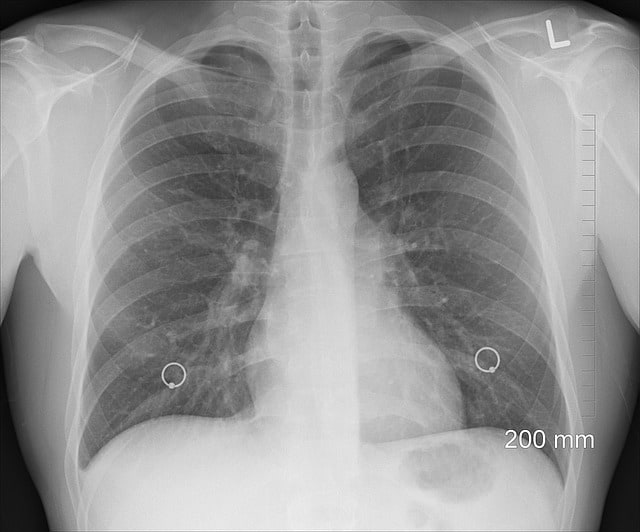![]()
 There is more to bones than just giving shape to the body. Although they may seem like strong parts of the body but in reality, they need constant nutrition as well. They respond to nutrients and vitamins just like the muscle does. It is affected by physical activity and a healthy diet.
There is more to bones than just giving shape to the body. Although they may seem like strong parts of the body but in reality, they need constant nutrition as well. They respond to nutrients and vitamins just like the muscle does. It is affected by physical activity and a healthy diet.
During the course of life, the body breaks down old bones from time to time. After such situation happens, the body builds up new bones. It is important to note that when old bone is broken down faster than the production of new bones, bone loss happens.
Bone loss in the body
Bone loss can lead to different complications in the body. It can develop bone density (osteopenia) weakness of the bone and also osteoporosis.
Osteoporosis is a disease wherein the bones become weak and fragile. Porous bones are more vulnerable to be broken. It is also a serious disease that is suffered by millions of people.
Osteopenia refers to early signs of bone loss which can turn to the disease above. Osteopenia causes bone mineral density to be in a lower state than normal. However, with this disease, the levels of bone mineral density are not yet low enough to be considered osteoporosis.
However, not everyone who has osteopenia can develop osteoporosis. It just has the potential to develop into that disease.
Risk factors of bone loss
Bone loss happens when more bone is resorbed than is formed by the body. There are various factors that determine how much old bone is broken down and who much new bones is made. The different factors mentioned below are some that we can control while there are other that we can’t.
When it comes to the different risk factors of bone loss, it correlates to the risk factors of osteopenia and osteoporosis as well. Risk factors include:
- Having a small frame
- Too little calcium from diet
- Smoking
- Inactive lifestyle
- Alcohol consumption is high
- Family history
Preventing bone loss
As mentioned above there are risk factors that we have complete control over. Like diet and a healthy lifestyle. Not getting good numbers of calcium daily can increase the risk of having bone loss. A low calcium diet is related to low bone mass, rapid bone loss, and broken bones. Therefore, eating meals that contain high calcium is very essential. Good sources of calcium would include:
- Almonds
- Tofu
- Sardines and salmons
- Broccoli
- Collard greens
- Spinach
- Milk
- Yogurt
- Cheese
Vitamin D is important to the body as well. The body uses it to absorb calcium from diet. Low vitamin D means low calcium is absorbed by the system. This specific vitamin is primarily made in the skin because of the contact with sunlight. We can also acquire it from a few foods out in the market.
Supplement for the bones: Magnical-D by Nutrifii
As for some people, they would get their nutrients from foods but to make sure they receive the good amounts of vitamins they take in supplements as well. Magnical-D by Nutrifii supports bones and muscles via strengthening blend of calcium, magnesium, and vitamin D.
It has specifically those nutrients in it because all of that aid the body in properly using the calcium Vitamin D3 is vital for calcium absorption. Magnesium aids in the regulation of calcium transport and are important in mineralization of bones. Vitamin K2 is the key when it comes to sending nutrients from the blood to the bones.
Magnical-D also contains the most bioavailable form of magnesium. It is packed with vitamin C as well. In fact, studies have associated greater bone density with increased levels of vitamin C.
To read and see more of the product, click Magnical-D by Nutrifii.
To Maintaining Good Health,
The ARIIX Products Team
www.AriixProducts.com
Please Like & Share…Thanks!

